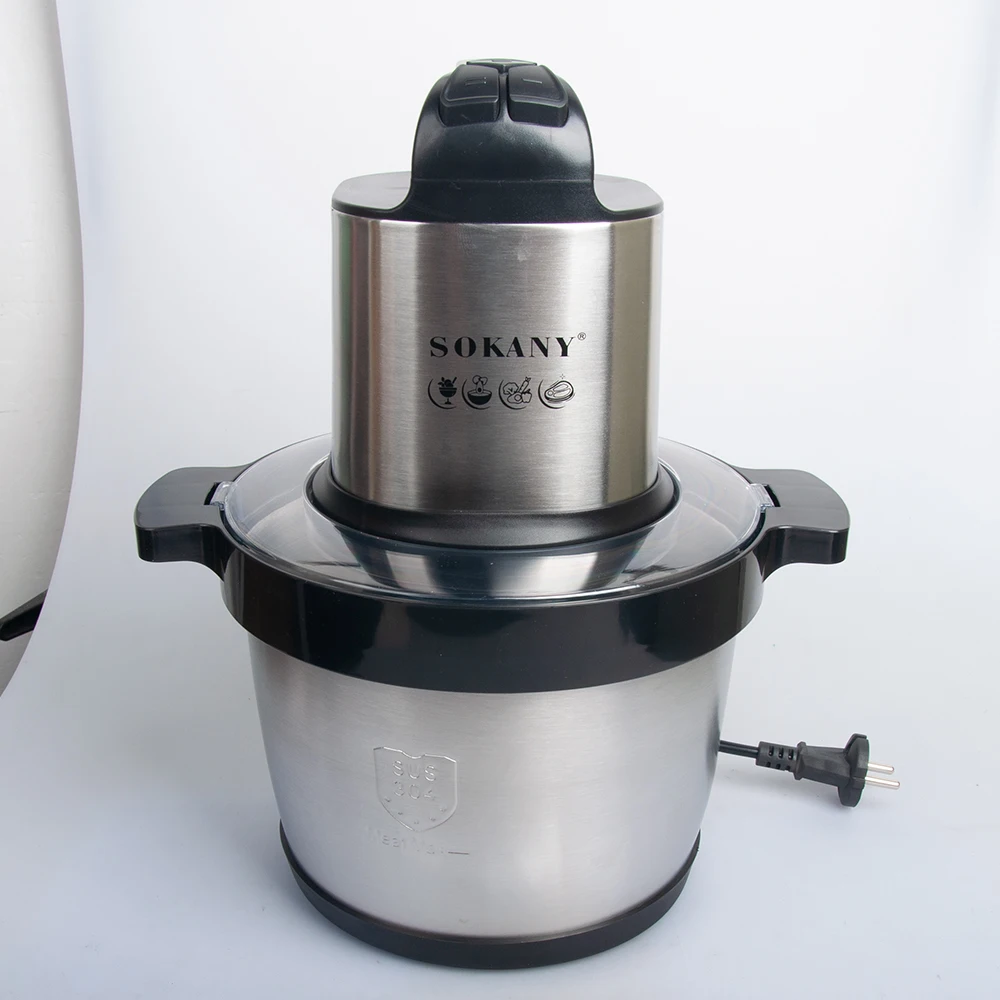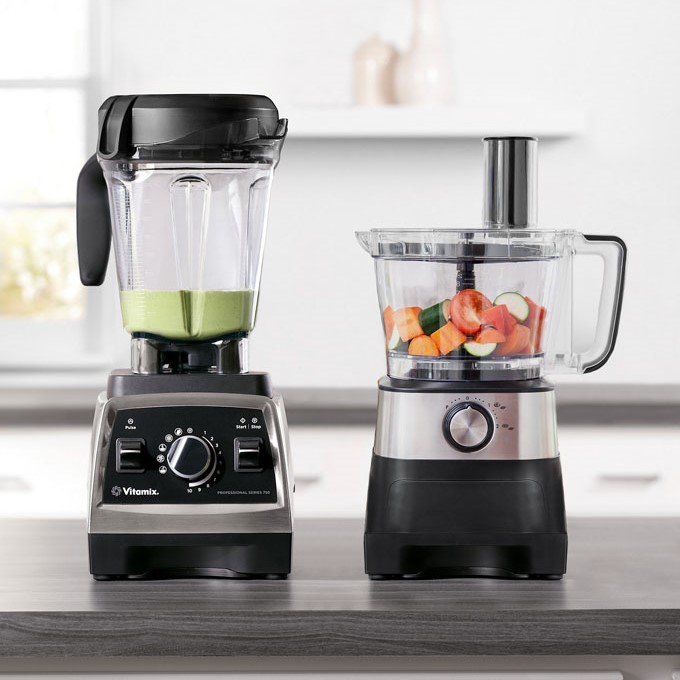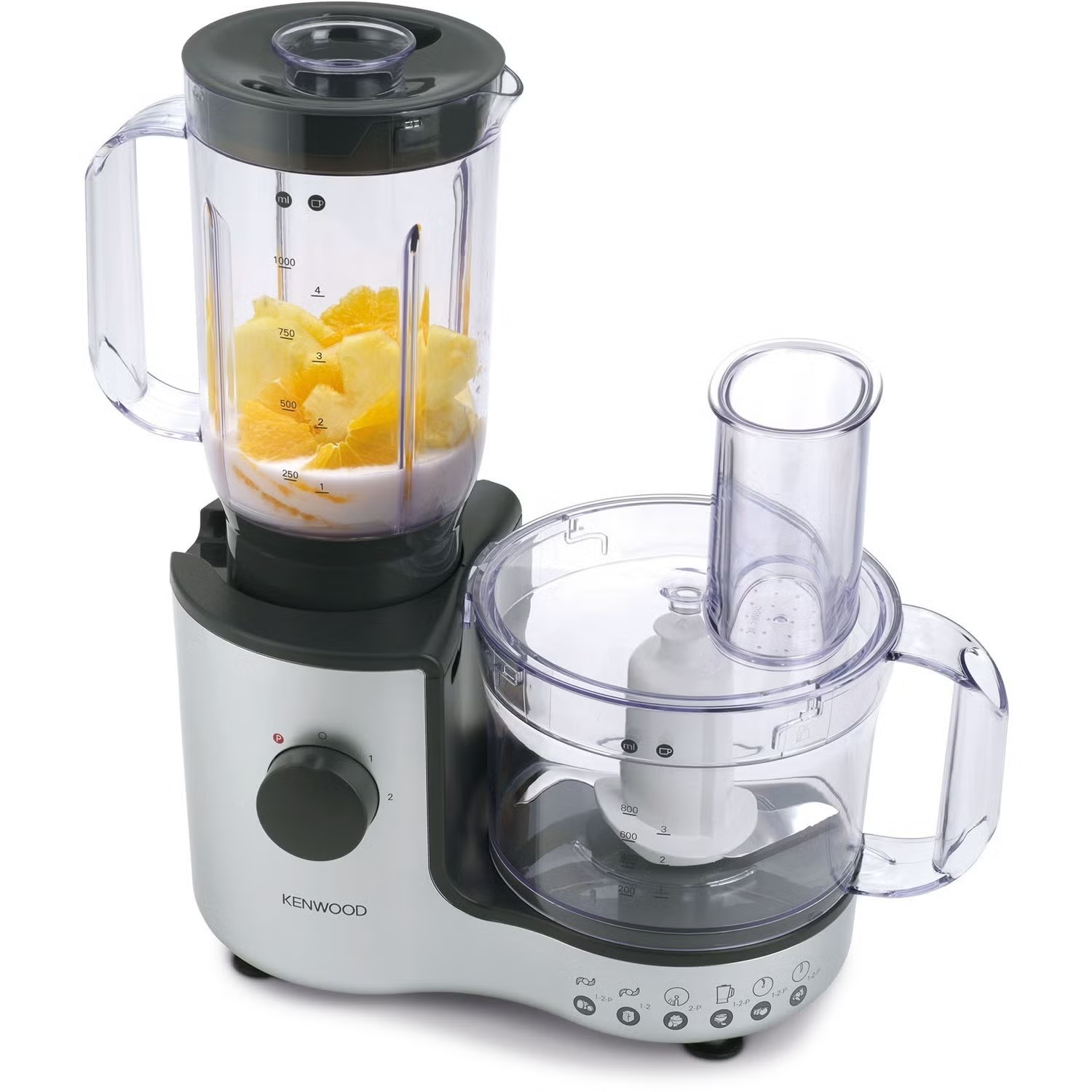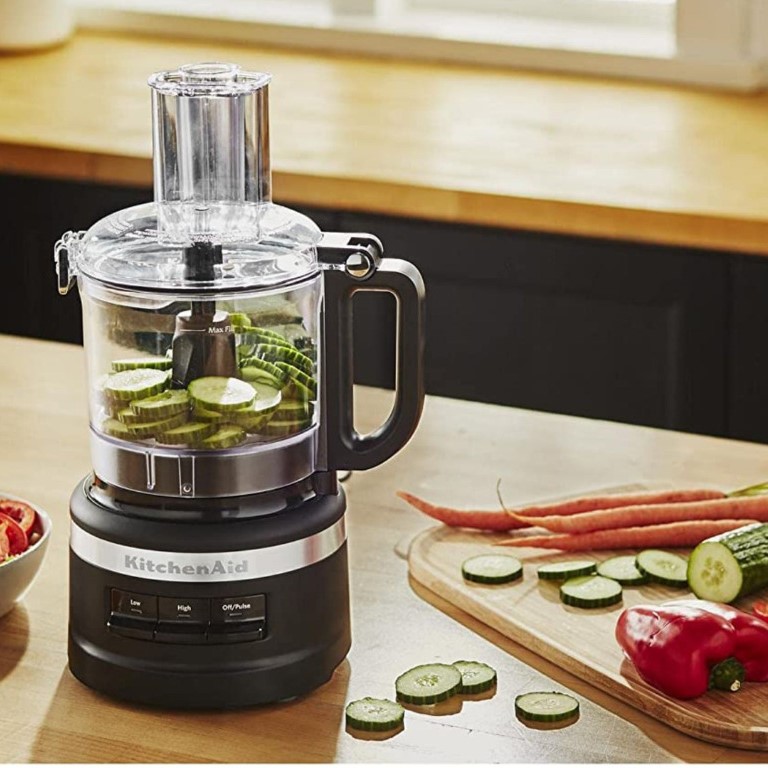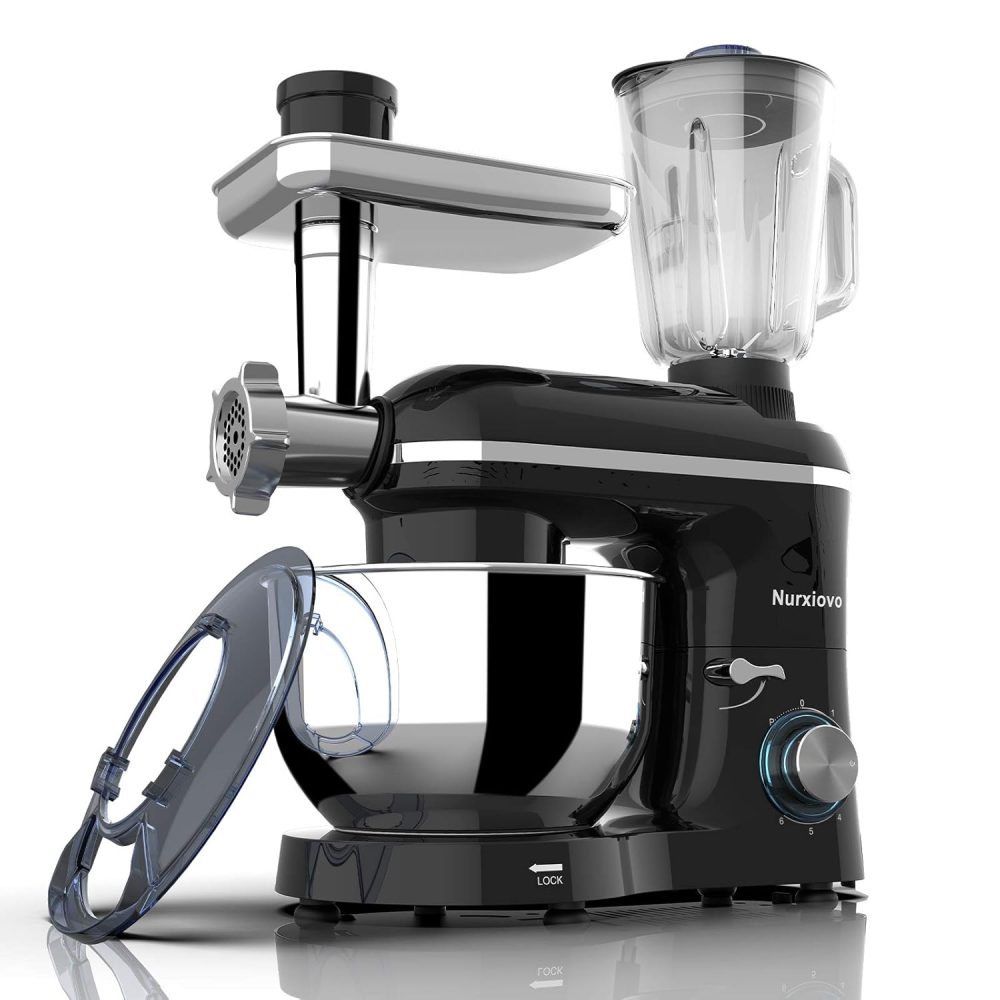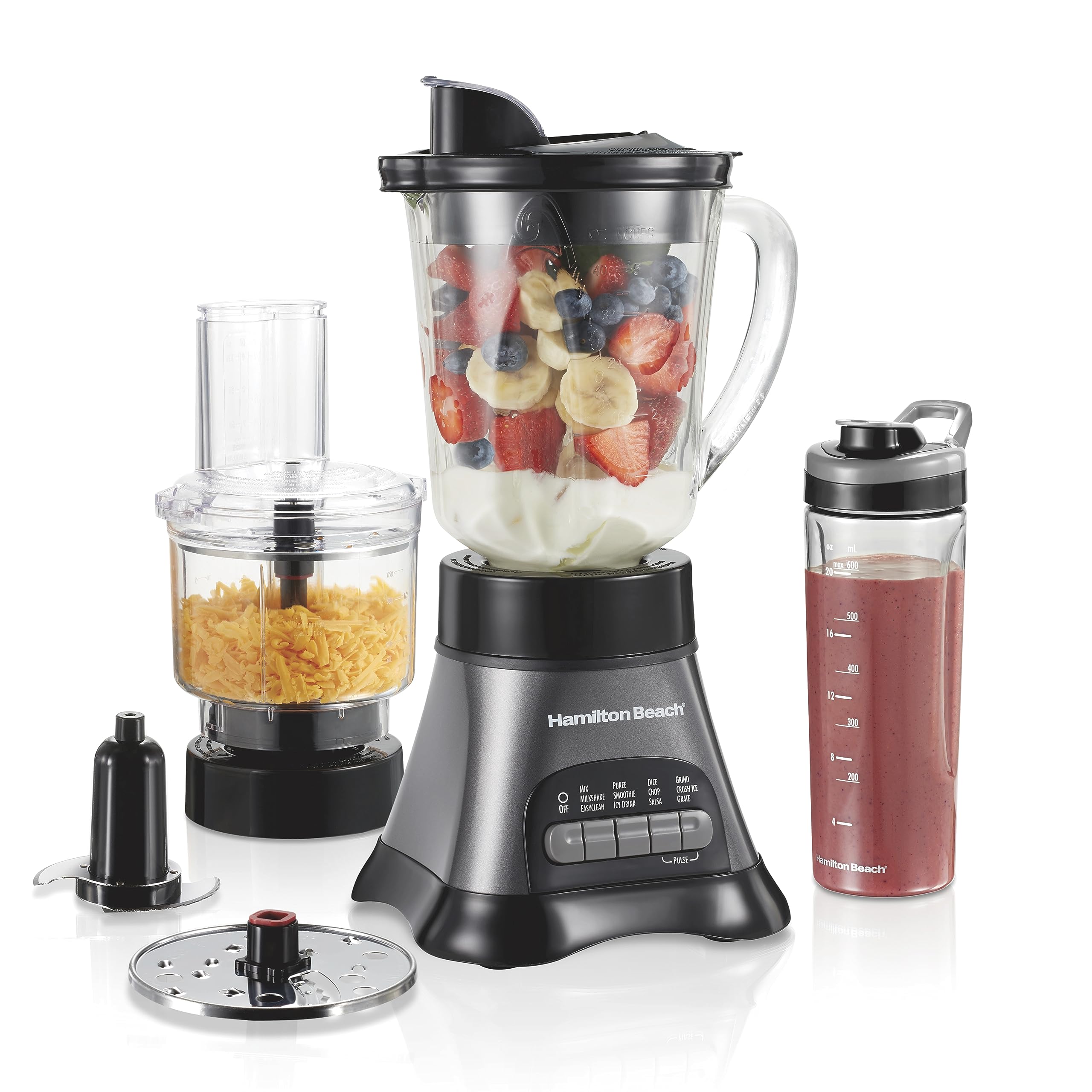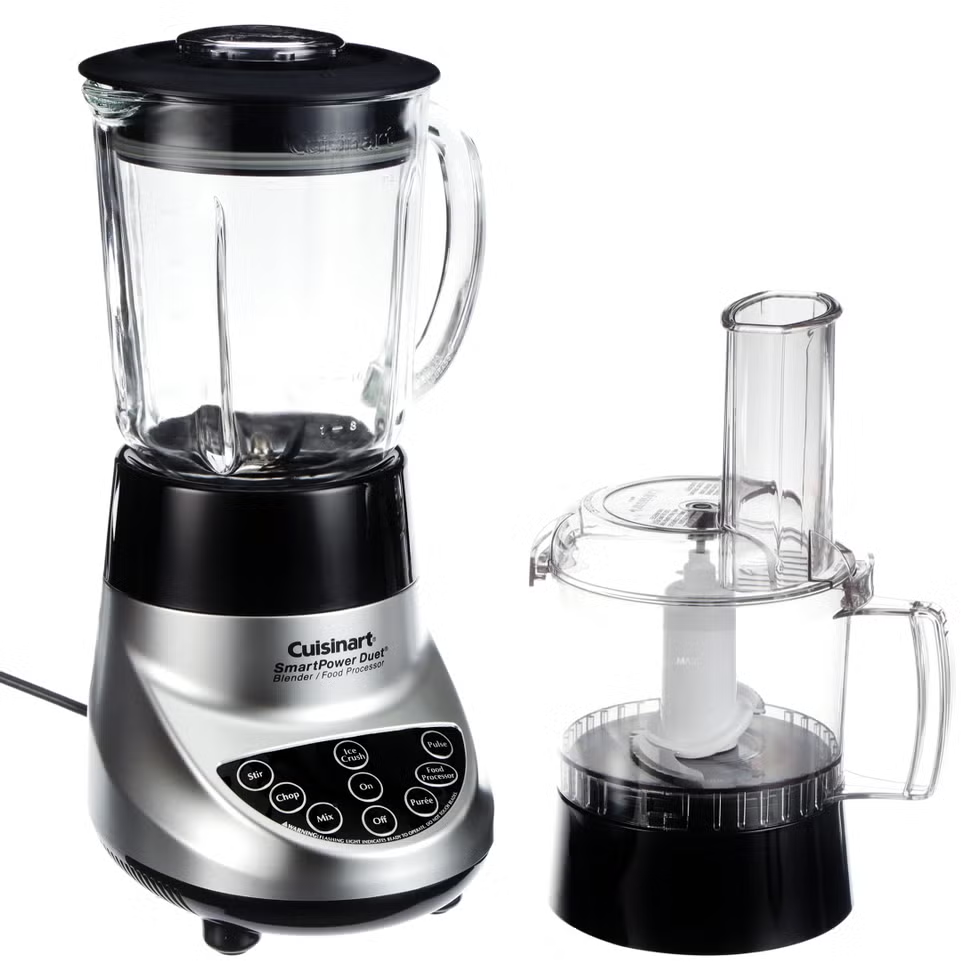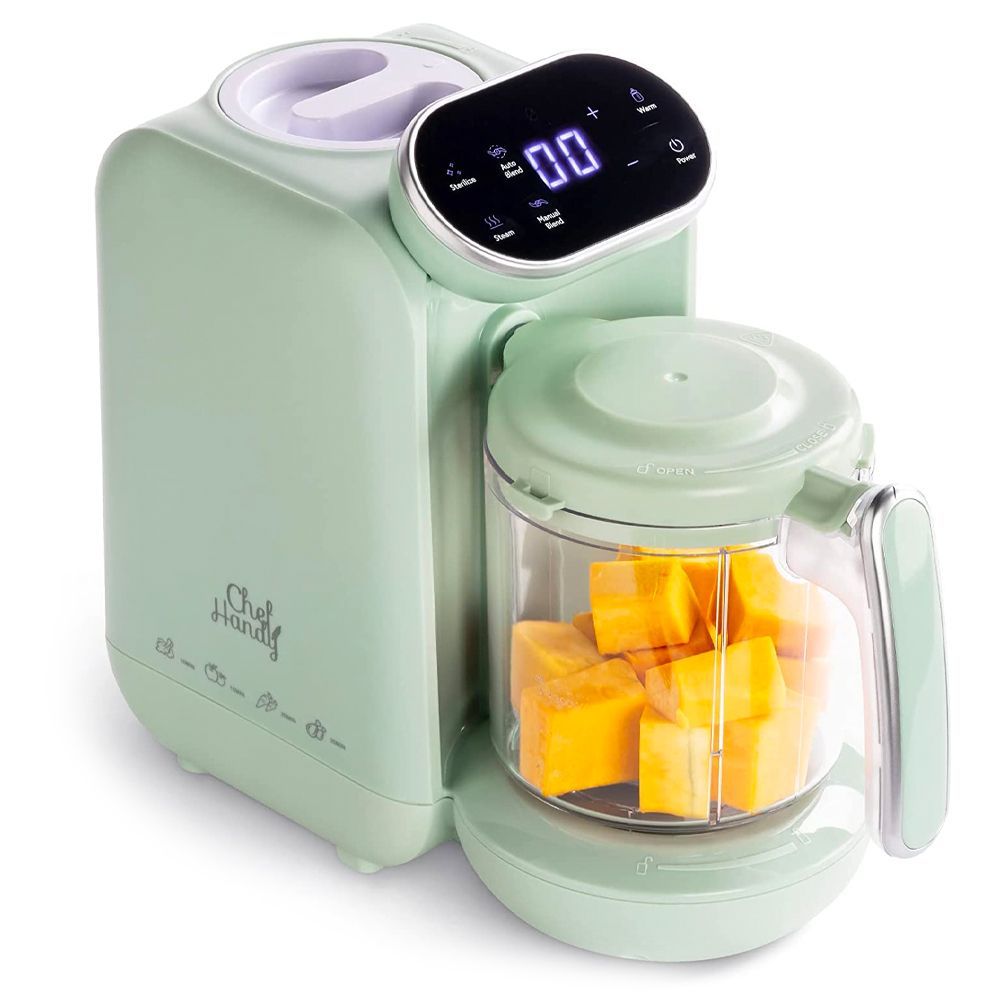
When it comes to feeding your little one, nutrition plays a crucial role in their growth and development. Preparing fresh, healthy meals can dramatically enhance your baby’s dietary experience while ensuring that you know exactly what ingredients are going into their food. A high-quality baby food processor not only facilitates this task but also allows you to experiment with various flavors and textures. In this article, we will explore the best baby food processors available on the market. We will delve into essential features you should consider when making a choice, and we’ll provide you with detailed recommendations to help you select the ideal baby food processor for your needs.
The Role of Baby Food Processors in Weaning
The journey of introducing solid foods to a baby is critical. It marks a new stage in a baby’s growth. Baby food processors play a vital role in this transition. They help parents make fresh, nutritious meals at home. This ensures that babies get a healthy start to eating solids.
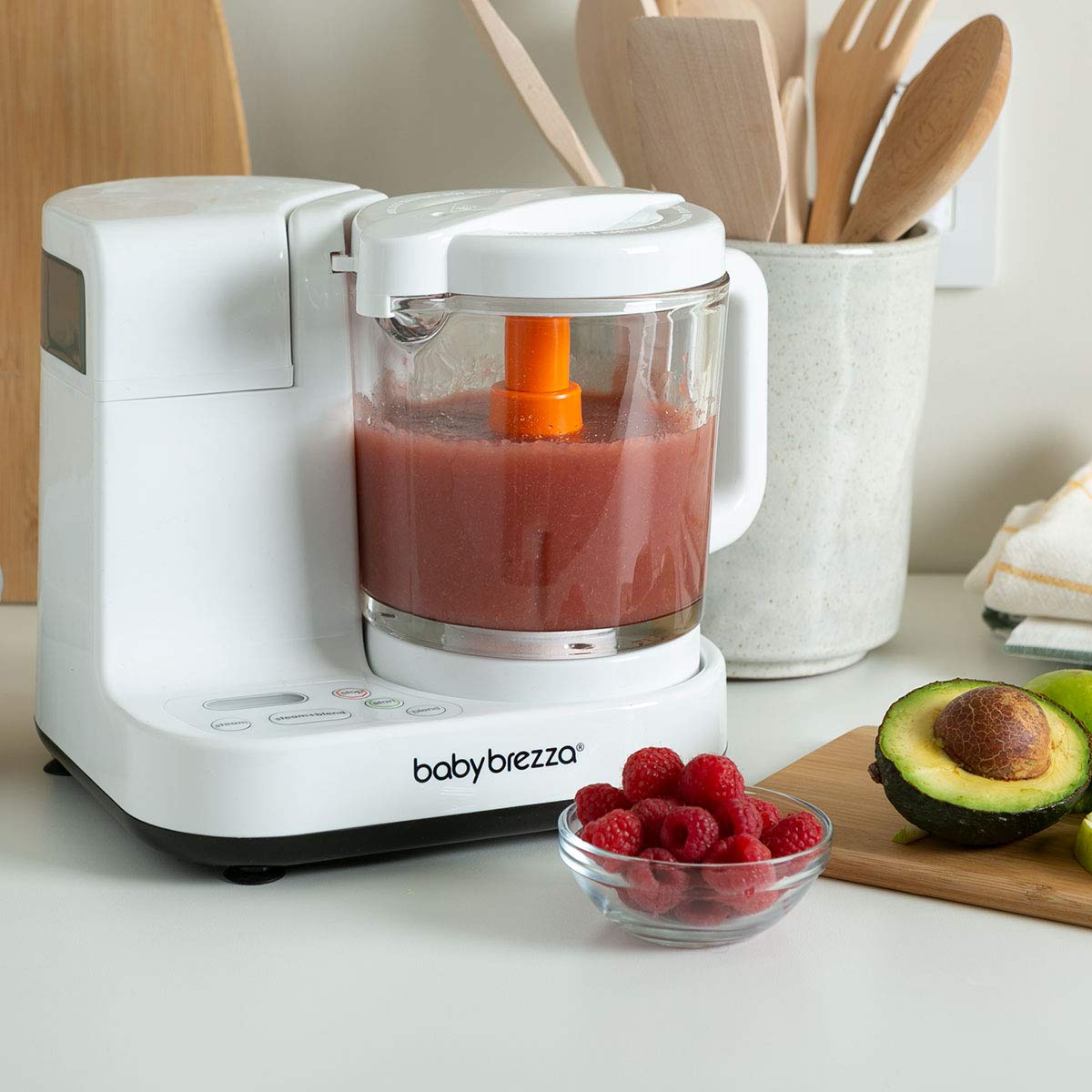
Food processors for babies are designed to make weaning easier. They allow parents to quickly prepare meals with various textures. These range from smooth purees to chunkier mashes. As babies develop, their dietary needs change. Food processors adapt to these changes, providing the right consistency of food.
Using a baby food processor saves time and effort. Parents can steam, blend, or mill ingredients all in one device. This makes it simple to provide home-cooked meals. It also eliminates the worry about what’s in prepared baby food.
By using a processor, parents have full control over the ingredients. This helps avoid additives and ensures the meal is free from unwanted substances. It’s easier to introduce a wide variety of foods, flavors, and textures. This can help babies become more adaptable eaters in the future.
In summary, baby food processors support parents during weaning. They ensure babies receive fresh, wholesome foods. They also offer flexibility and control over a baby’s diet. These benefits make them essential tools for modern parenting.
Key Features to Consider When Choosing a Baby Food Processor
When you’re looking for the best baby food processor, keep in mind key features. These include cooking methods, capacity, and safety materials.
Cooking Methods: Steaming vs. Blending vs. Milling
Choose a processor that fits how you want to prepare food. Some processors can steam and blend. This is handy as steaming keeps nutrients well. Blenders only purée food. You need to cook food before blending. Mills are manual but portable and budget-friendly.
Capacity Appropriate to Your Baby’s Diet
Think of how much your baby eats. Some processors hold more, which is great for making big batches. A larger capacity helps with batch cooking and storing extra food.
Safe Materials: BPA-Free and Beyond
Safety is crucial for baby products. Many processors are now BPA-free. Some may also use glass or stainless steel. These materials do not contain harmful chemicals found in some plastics. Always check the materials of any baby food processor.
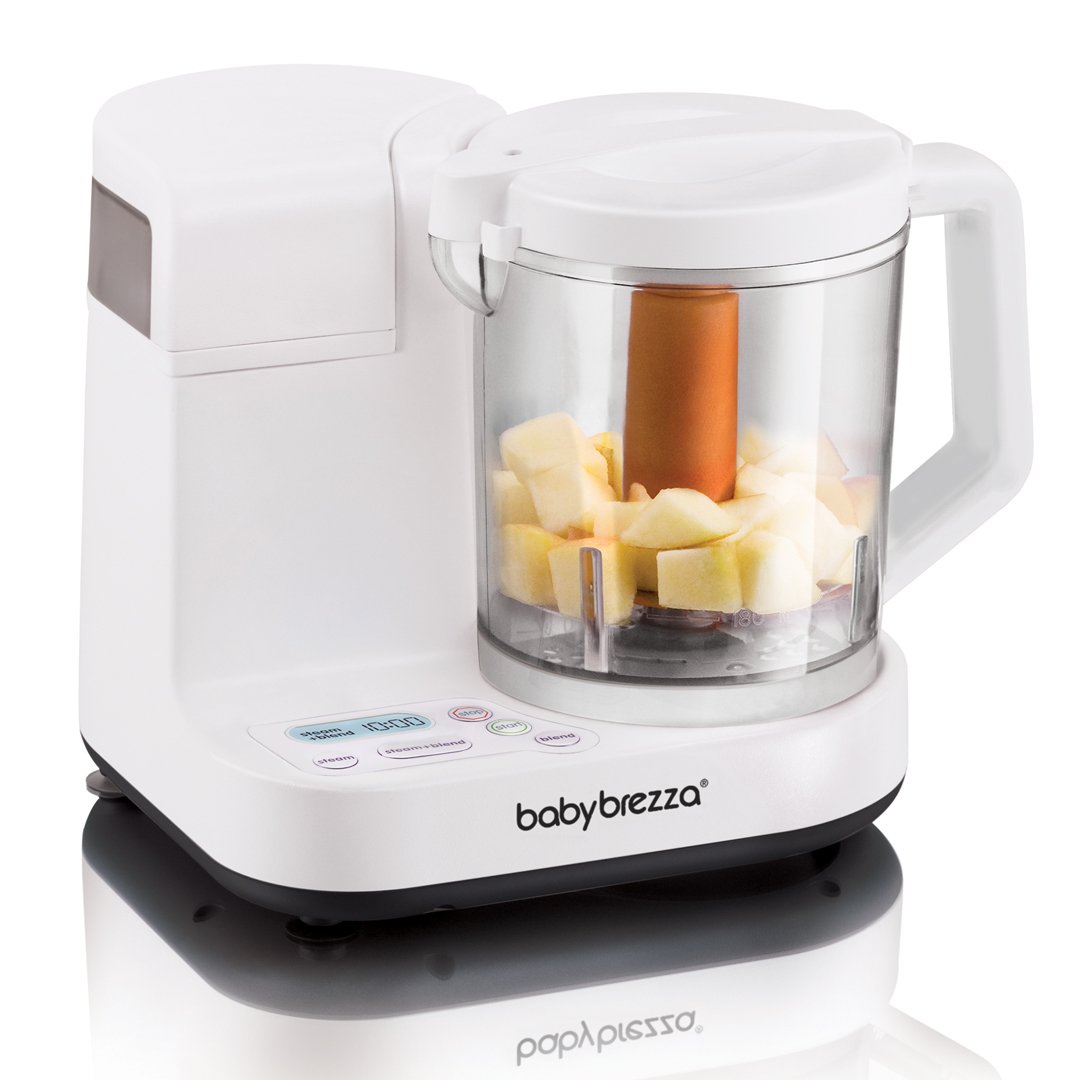 Top Recommended Baby Food Processor Models
Top Recommended Baby Food Processor Models
Choosing the right baby food processor is essential for modern parents. Below are some top picks that have impressed both experts and parent users.
High-End All-in-One Baby Food Processor: BEABA Babycook Neo
The BEABA Babycook Neo stands out with its sleek design and dual functionality. It can steam and blend with the push of a button. Parents can steam veggies to preserve nutrients. They can also blend to get the right puree consistency. With a 5-cup capacity and materials like glass and stainless steel, it’s a top choice. Despite the higher price, its ease of use and safety are big pluses.
Budget-Friendly Baby Food Processor: Baby Brezza One-Step Maker
The Baby Brezza One-Step Maker is more affordable. It still offers the convenience of steaming and blending in one cycle. The 3.5-cup capacity is enough for daily meals. It’s made with BPA-free plastic. This makes it a good choice for parents on a budget who don’t want to compromise on functionality.
Versatile Baby Food Blender: NutriBullet Baby Bullet
If blending is your main need, the NutriBullet Baby Bullet is ideal. It’s designed to smoothly puree fruits and vegetables. It comes with storage cups and a silicone freezer tray. This is great for keeping meals fresh. The 4-cup capacity is generous, and it includes a smaller cup. The blender is BPA-free for parents’ peace of mind.
Manual Option: OXO Good Grips Food Mill
For parents who prefer a manual option, the OXO Good Grips Food Mill is perfect. It’s portable and easy to use. It comes with three grinding discs for different textures. It’s made with stainless steel, avoiding any contact with BPA. This is a simple and budget-friendly tool for making baby food anywhere.
Unique Functionality: Food Processors With Bottle Warmer
Moms and dads often juggle feeding solids with milk time. A baby food processor with a bottle warmer kills two birds with one stone. It simplifies meal prep and feeding routines. It’s perfect for those busy days or nighttime feedings. Parents don’t need separate gadgets. This saves space and hassle.
Multi-Functional Baby Food Processor: Children of Design 8-in-1 Smart Maker
The Children of Design 8-in-1 Smart Maker is a game-changer. It boasts multiple functions in a single device. Not only does it steam and blend, but it also warms bottles. This helps for smooth transitions during weaning. You can heat milk as you prep the baby’s meal. The machine has separate baskets to cook different foods at once. It’s also handy for small kitchens with limited counter space. With 2 cups capacity, it’s not the largest. But it’s enough for newly weaned babies eating small portions. The self-clean sterilization is a bonus. The blade, lid, and stirring cup are dishwasher-safe. This means cleanup is a breeze. Making it a best baby food processor for modern parenting.
Tips for Cleaning and Maintenance of Baby Food Processors
Keeping your baby food processor clean is key for your baby’s health and the machine’s longevity. Here are some simple tips to ensure it stays spotless and functions well over time.
Dishwasher Safety and Self-Cleaning Features
Most modern baby food processors come with parts that are safe to put in the dishwasher. This makes cleanup quick and stress-free. Check if the bowls, blades, and lids are labeled ‘dishwasher-safe’ before you wash them. Some models even have self-cleaning functions. With this feature, the machine runs a cleaning cycle on its own. It saves you time and ensures the processor is sanitized. However, always do a manual check to ensure no food bits remain.
Remember to disconnect the processor from power before cleaning. Hand-wash parts not suited for the dishwasher with warm soapy water. Rinse them well to remove all soap. Dry all pieces completely before reassembling. Avoid using abrasive cleaners or pads that can scratch the surface or damage the material.
Regular maintenance such as checking for wear and tear on parts is also essential. Replace any pieces that seem worn out. Always follow the manufacturer’s instructions for both cleaning and replacing parts to keep the best baby food processor working properly.
 Conclusion: Embrace Homemade Nutrition for Your Baby
Conclusion: Embrace Homemade Nutrition for Your Baby
In summary, selecting the best baby food processor is essential for parents wanting to provide nutritious, homemade meals for their little ones. Consider factors such as capacity, ease of cleaning, safety features, versatility, and noise level when making your purchase.
Ultimately, investing in the best baby food processor tailored to your preferences sets the stage for enriching your baby’s meals and fostering healthy eating habits from an early age. With the right tool at your disposal, you can embark on an exciting culinary journey with your child, paving the way for a lifetime of delicious and nutritious meals.
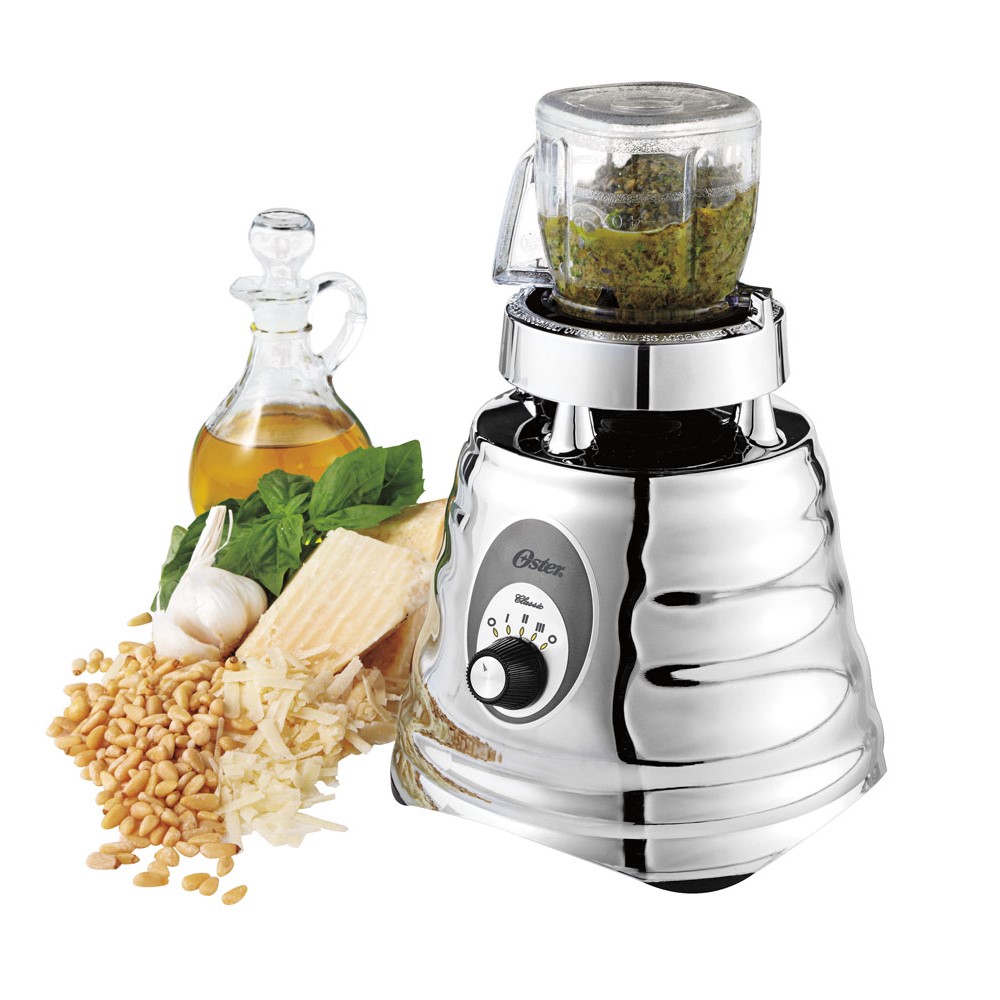
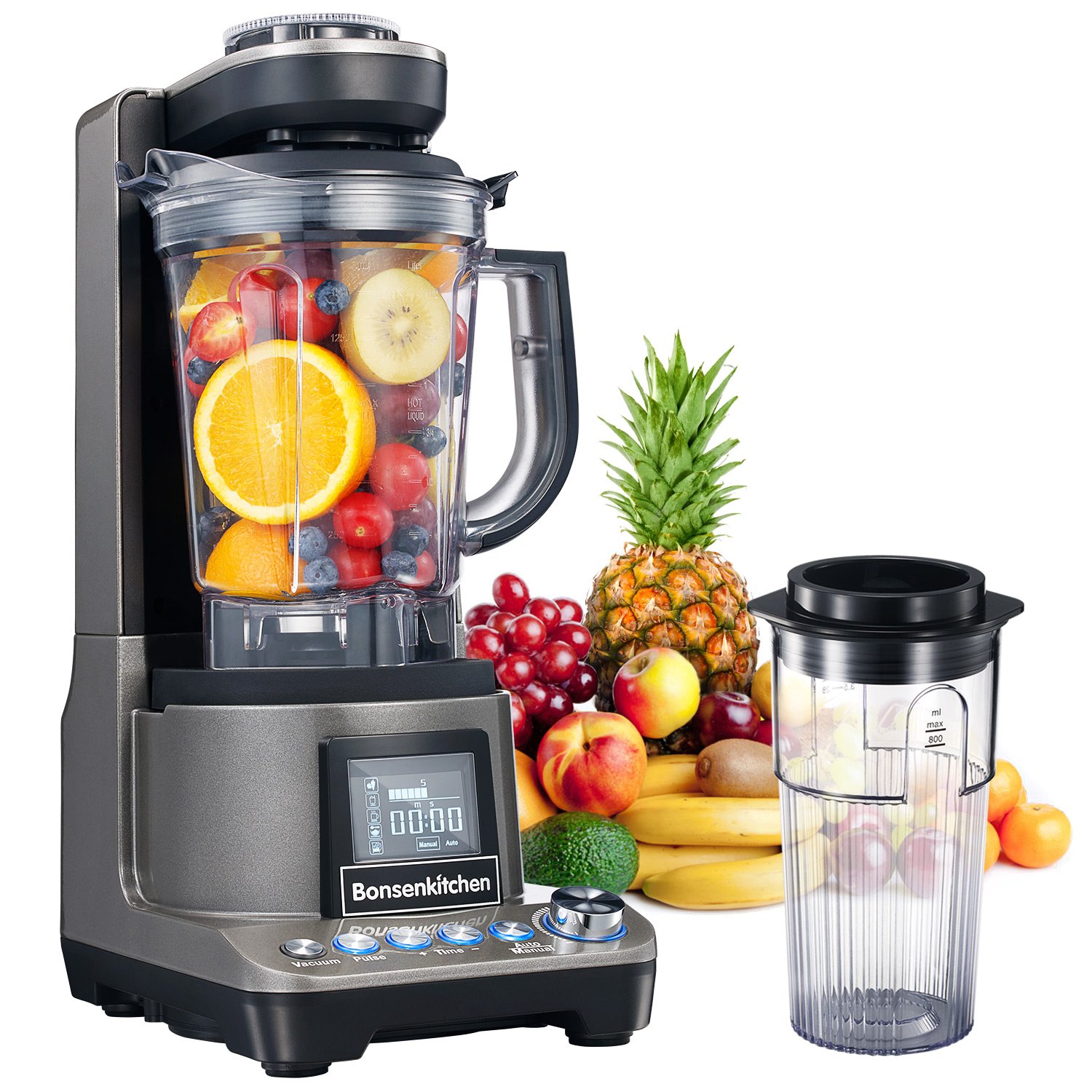
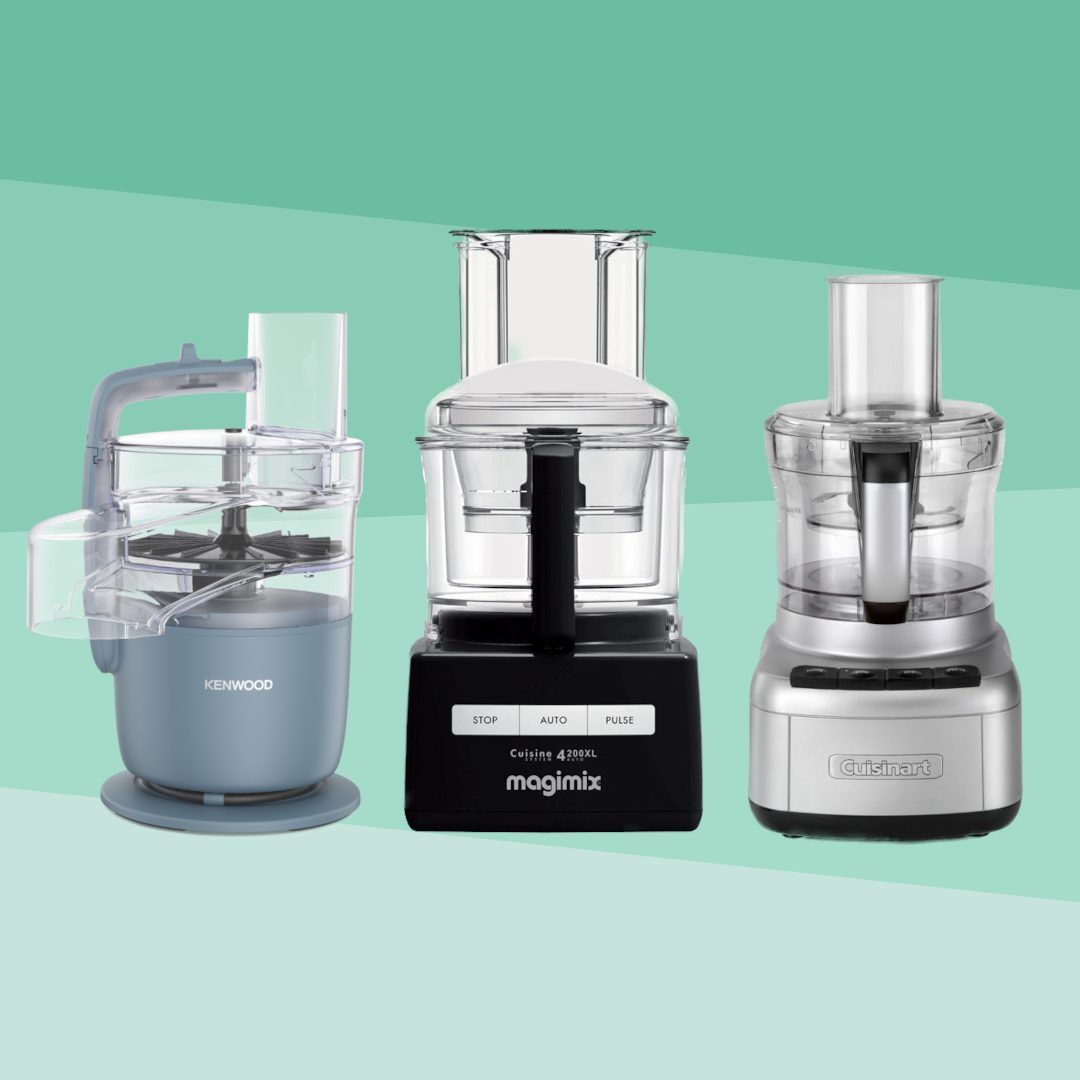 Practical Uses and Recipes
Practical Uses and Recipes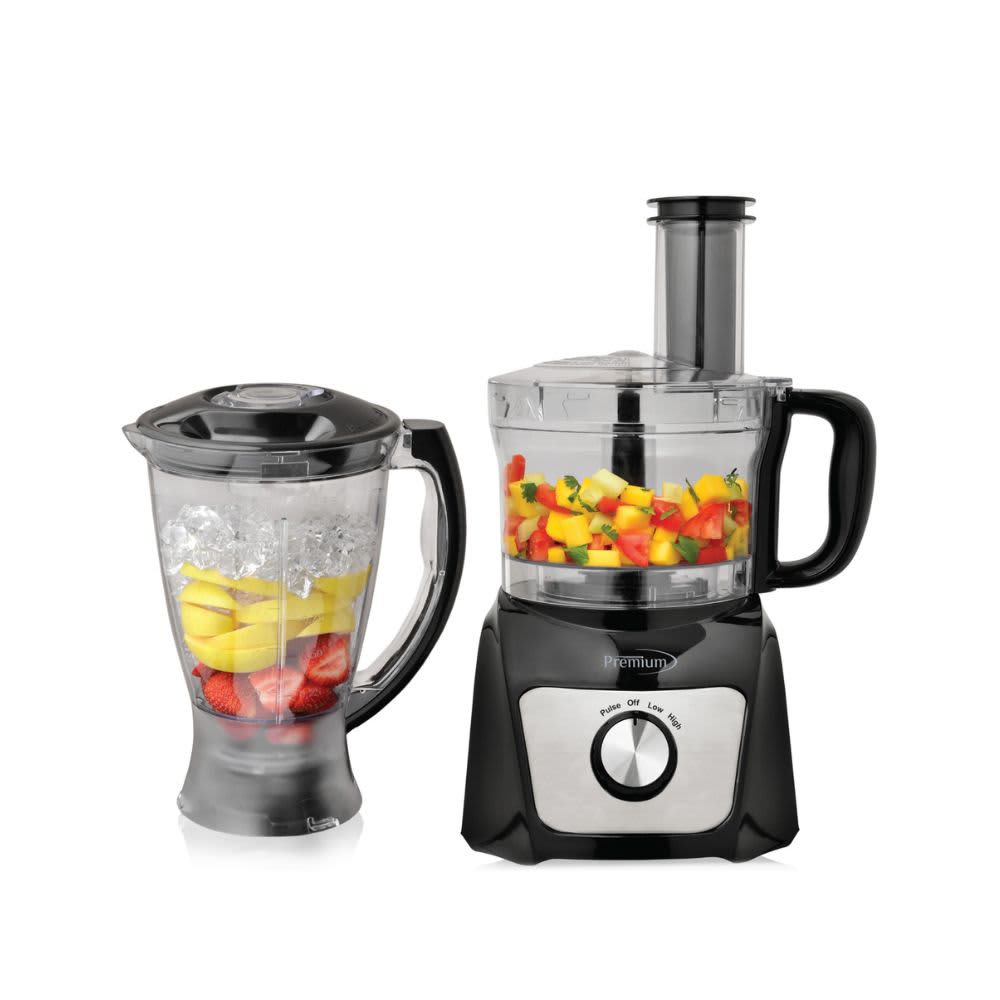
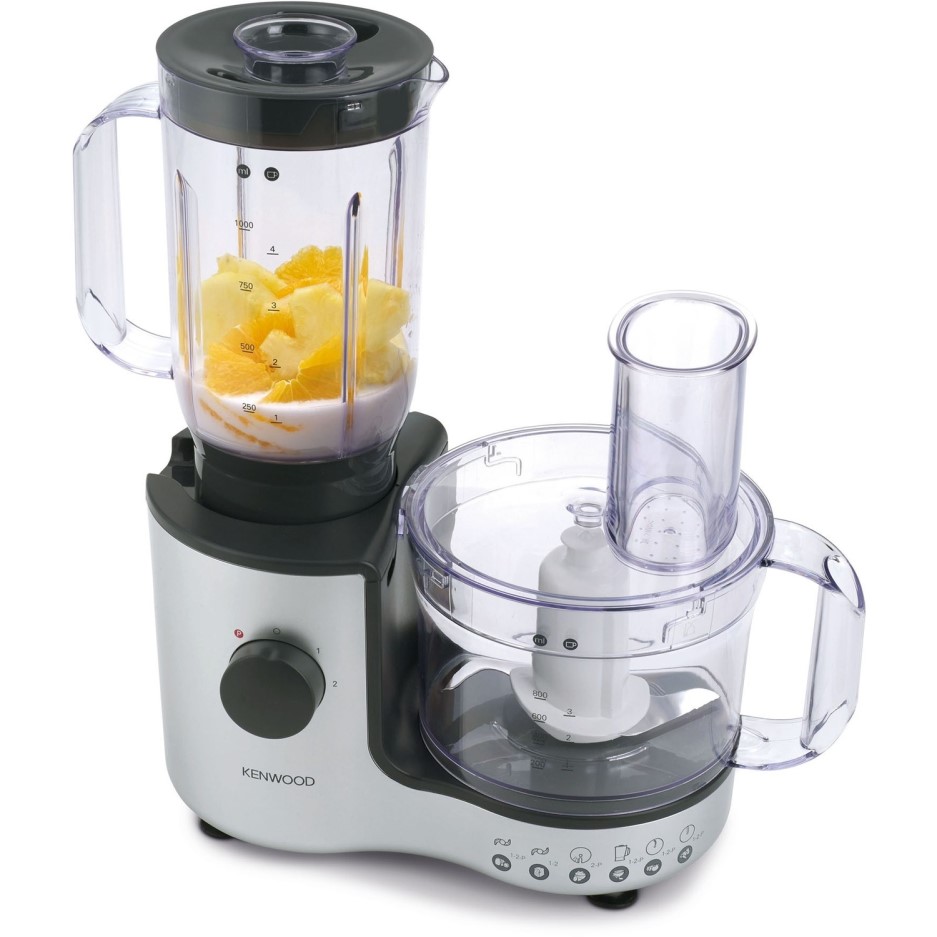
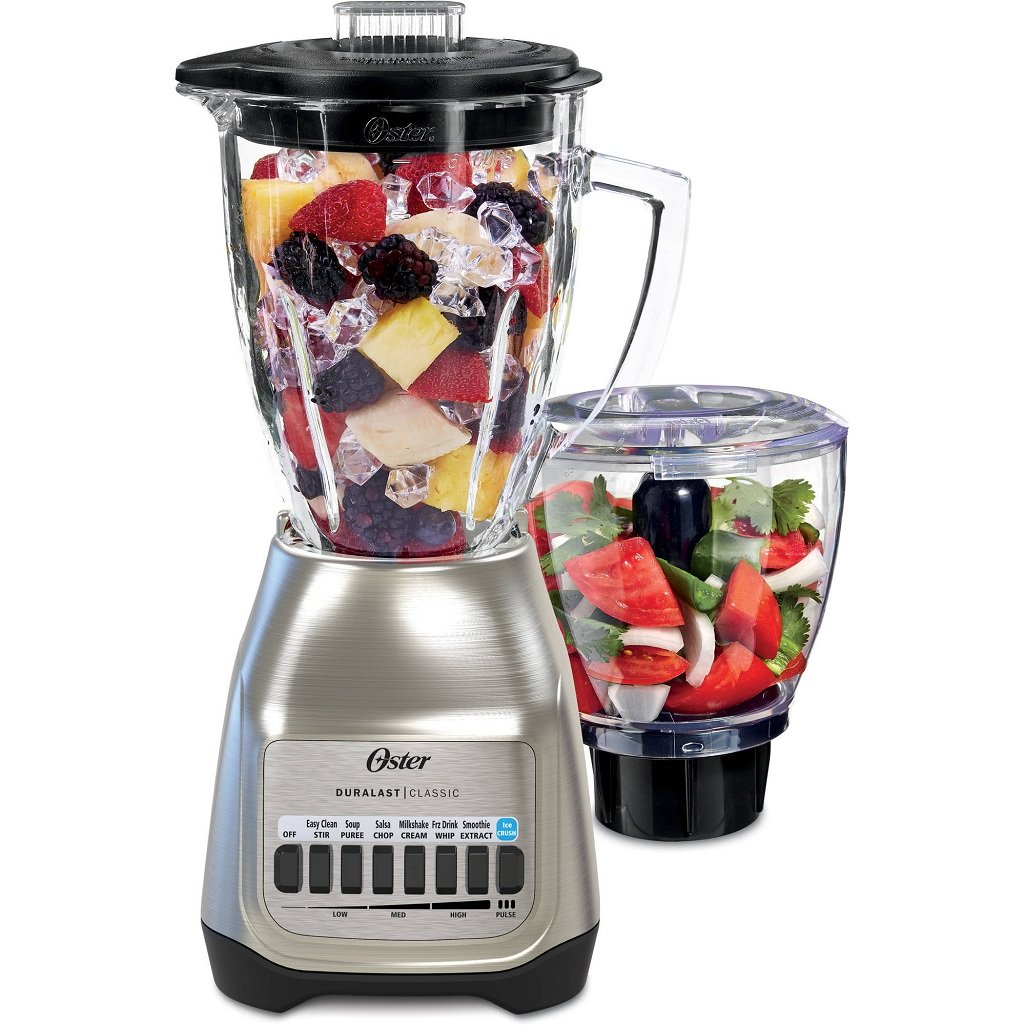 When to Opt for a Mini Food Processor
When to Opt for a Mini Food Processor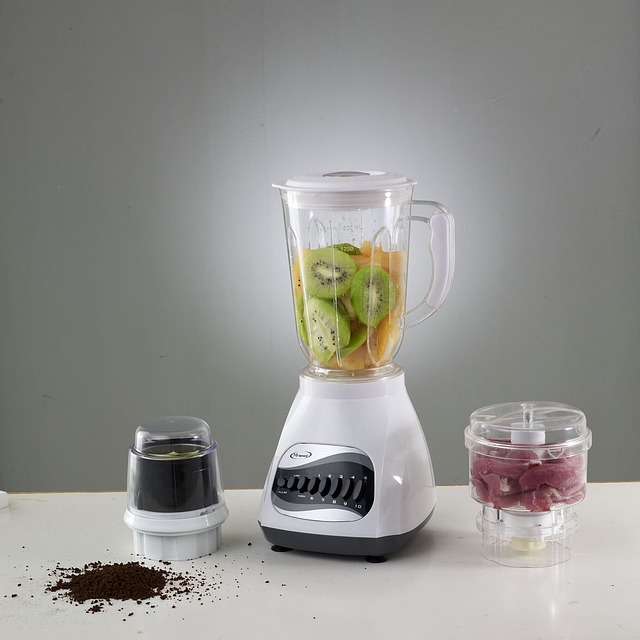
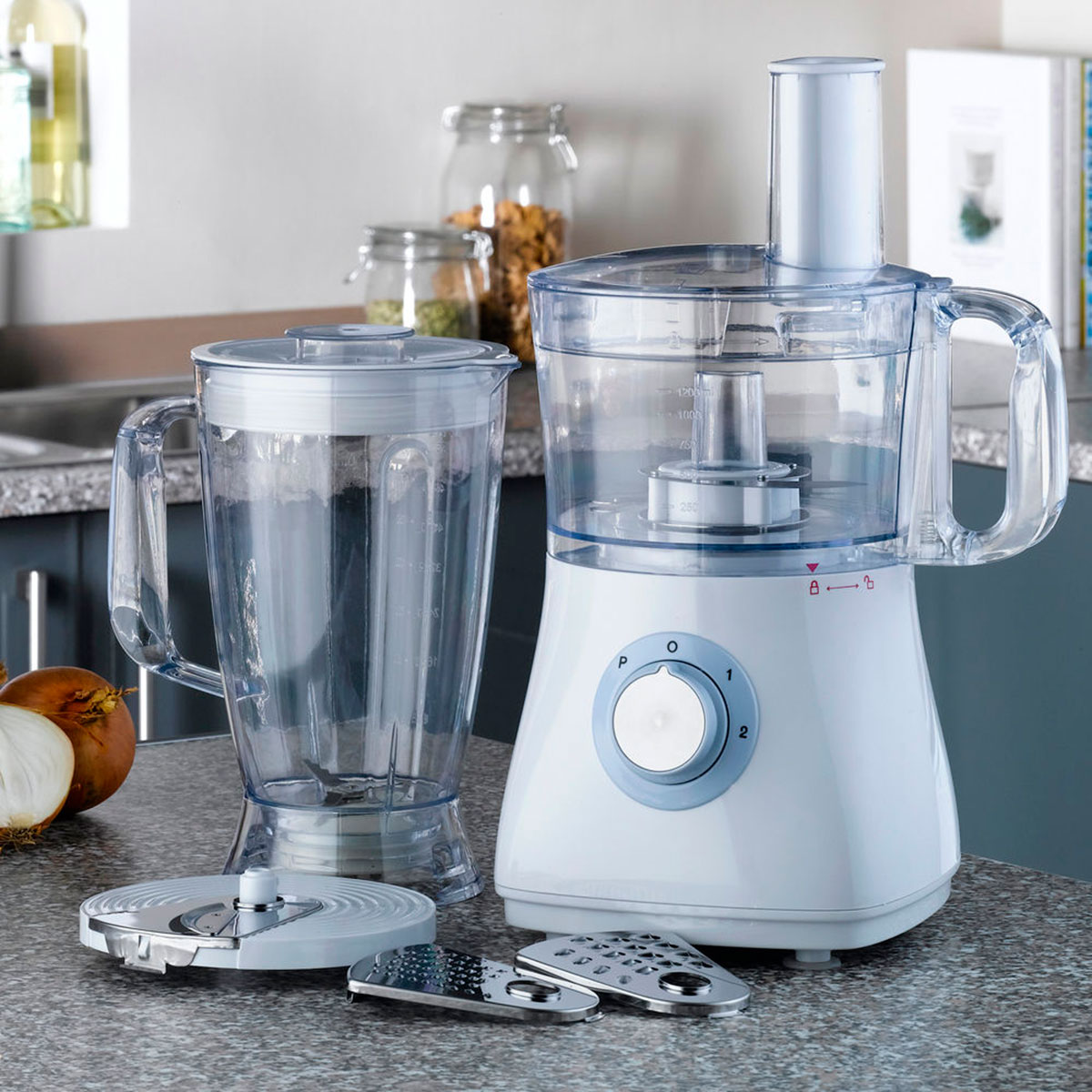
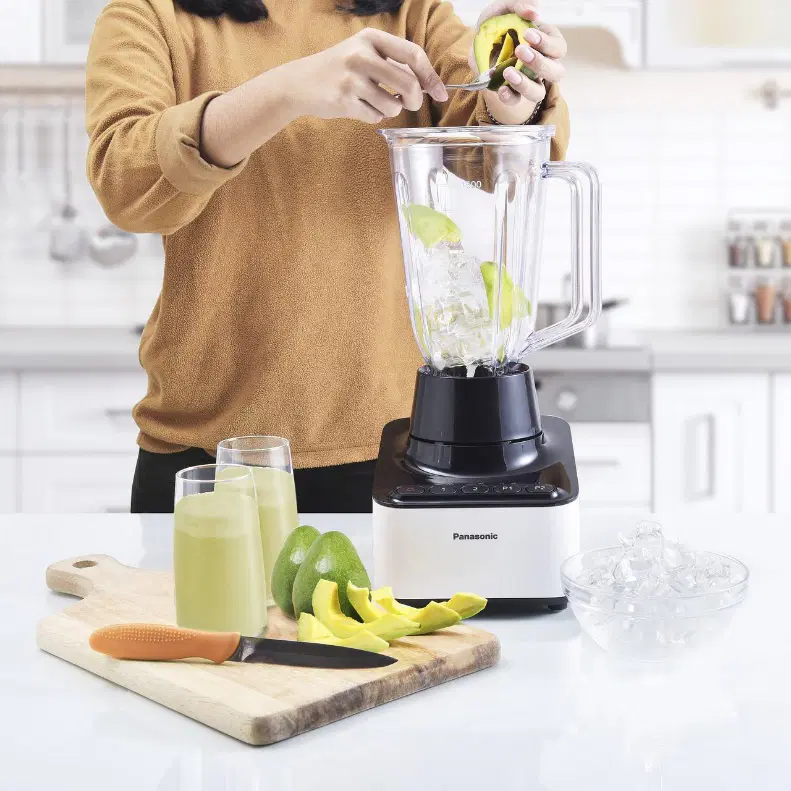
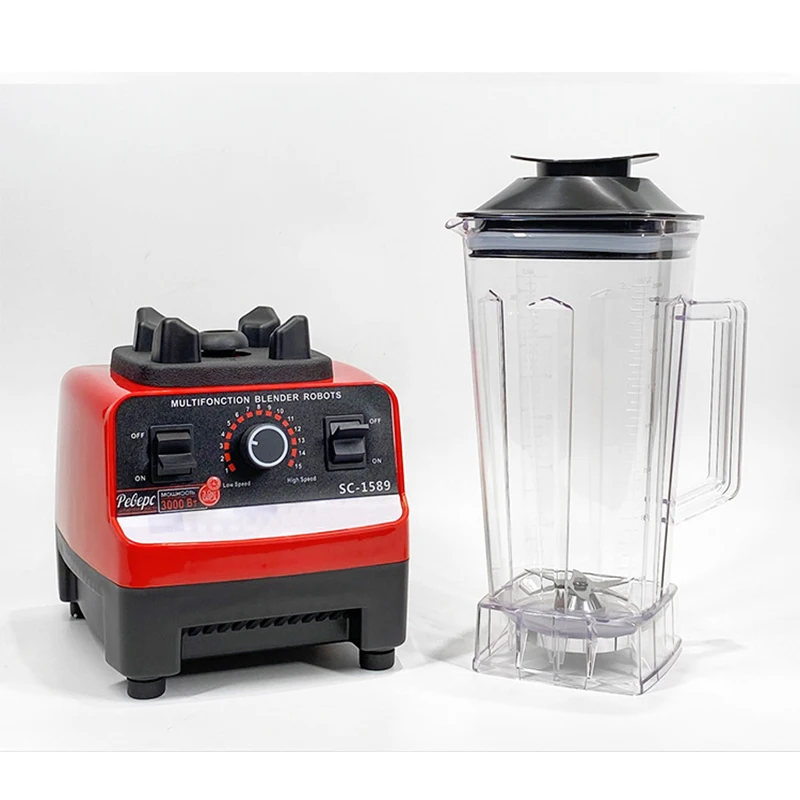
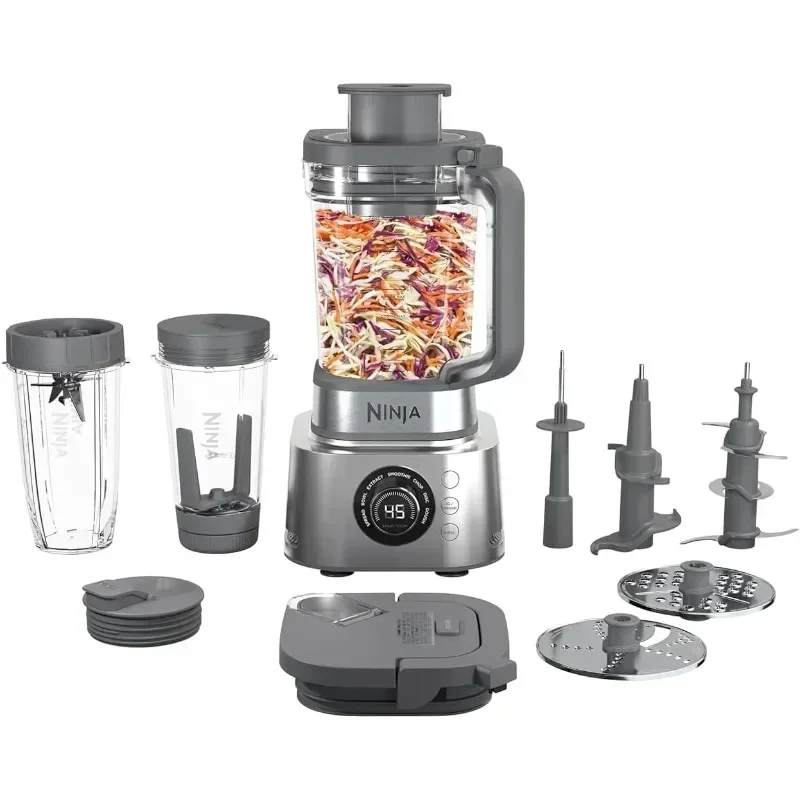
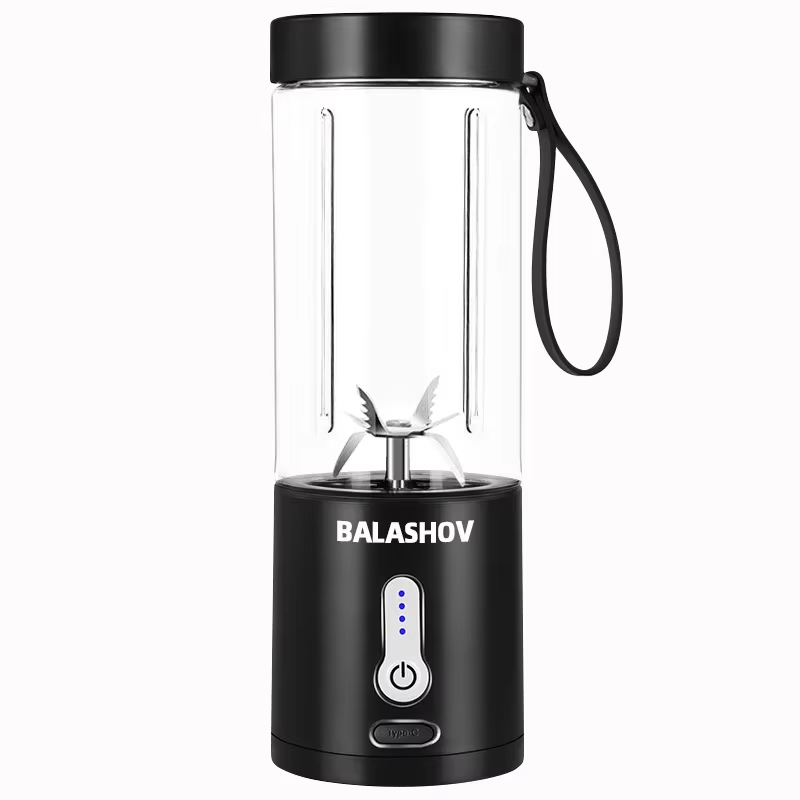

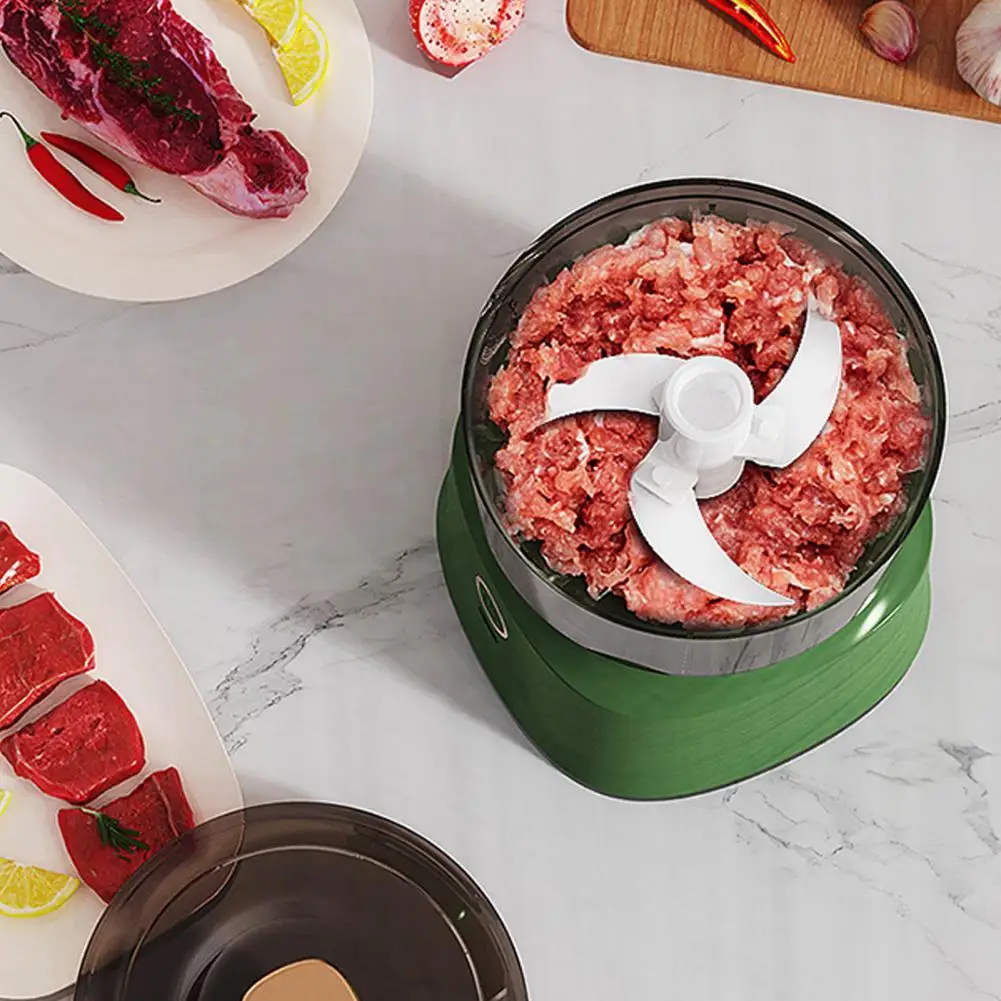
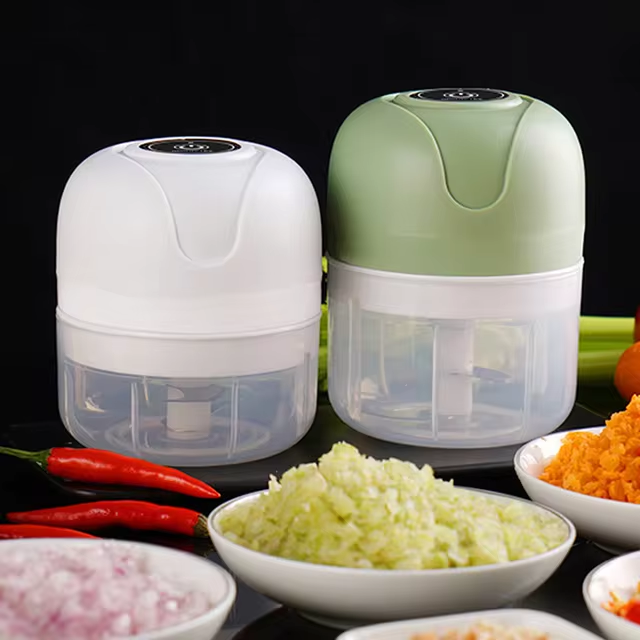 Essential Features of a Quality Food Processor
Essential Features of a Quality Food Processor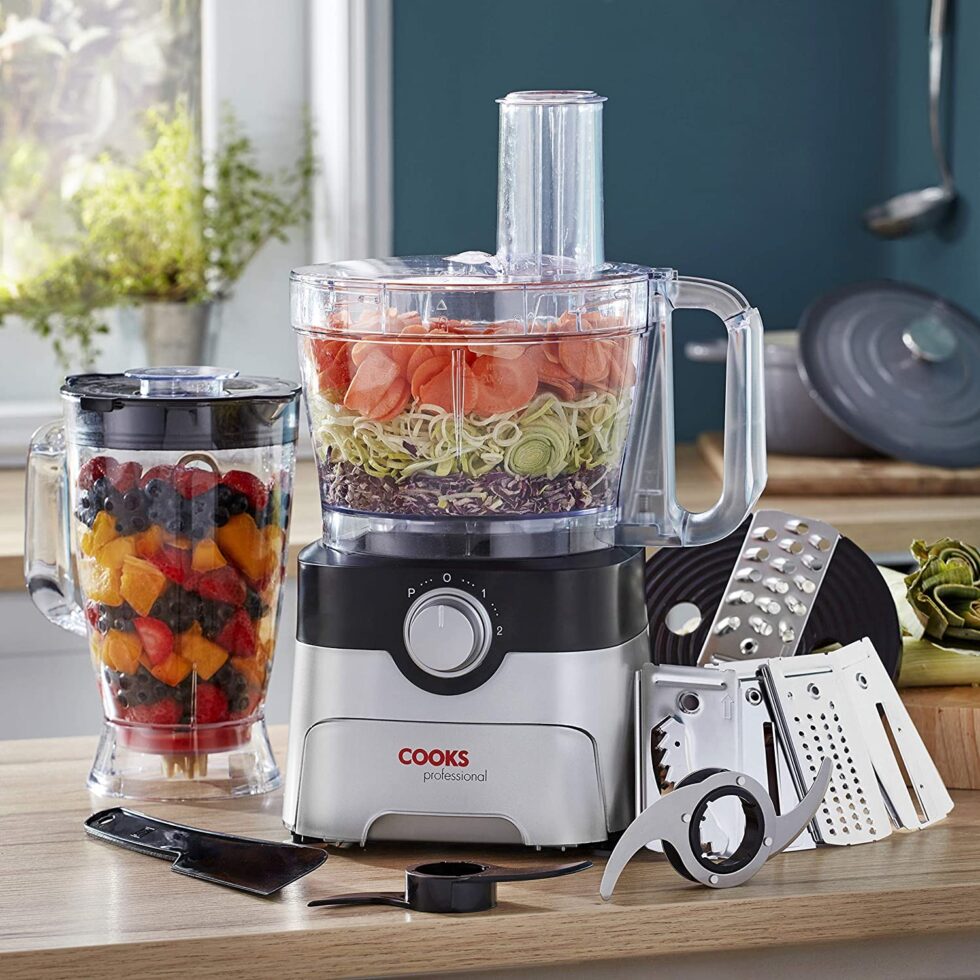
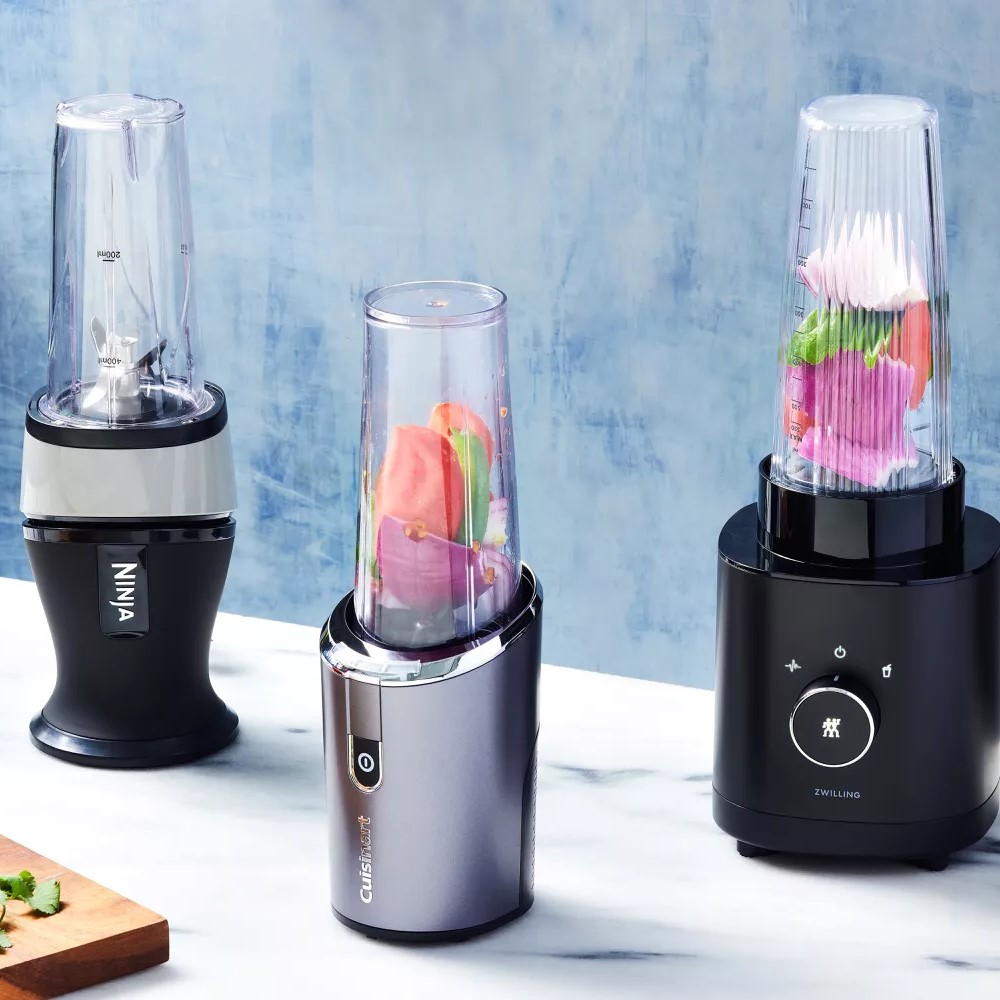
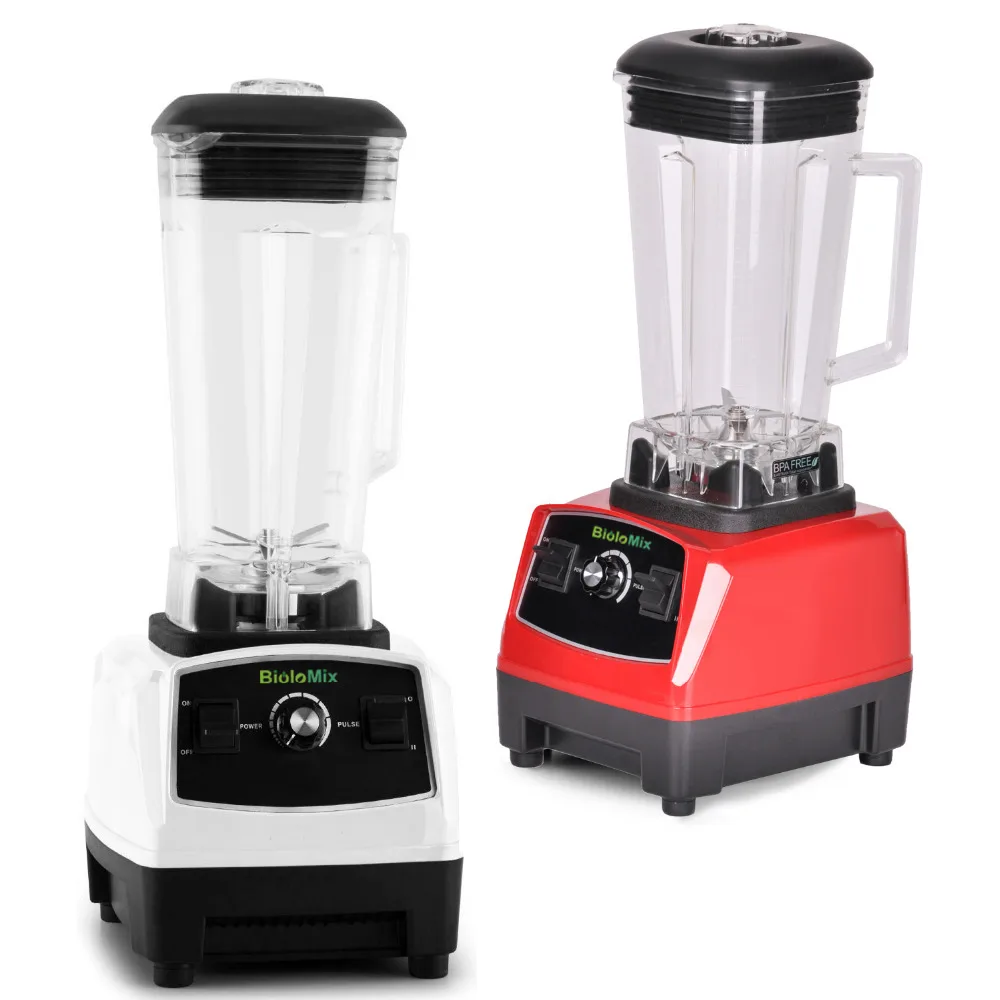
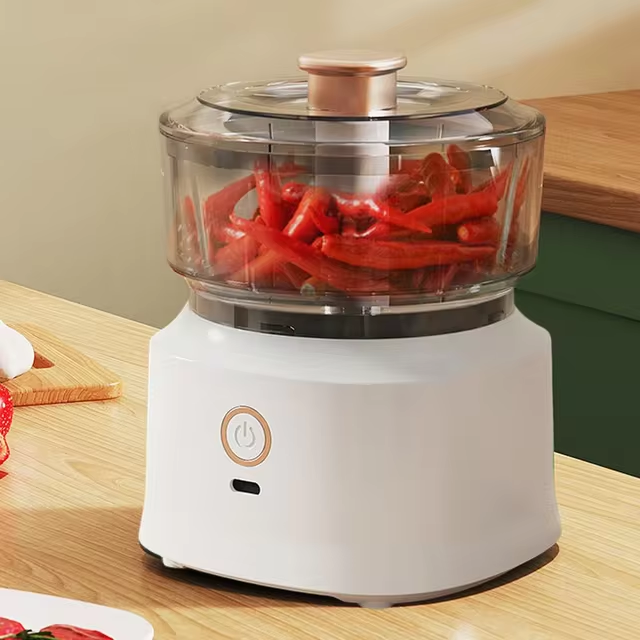
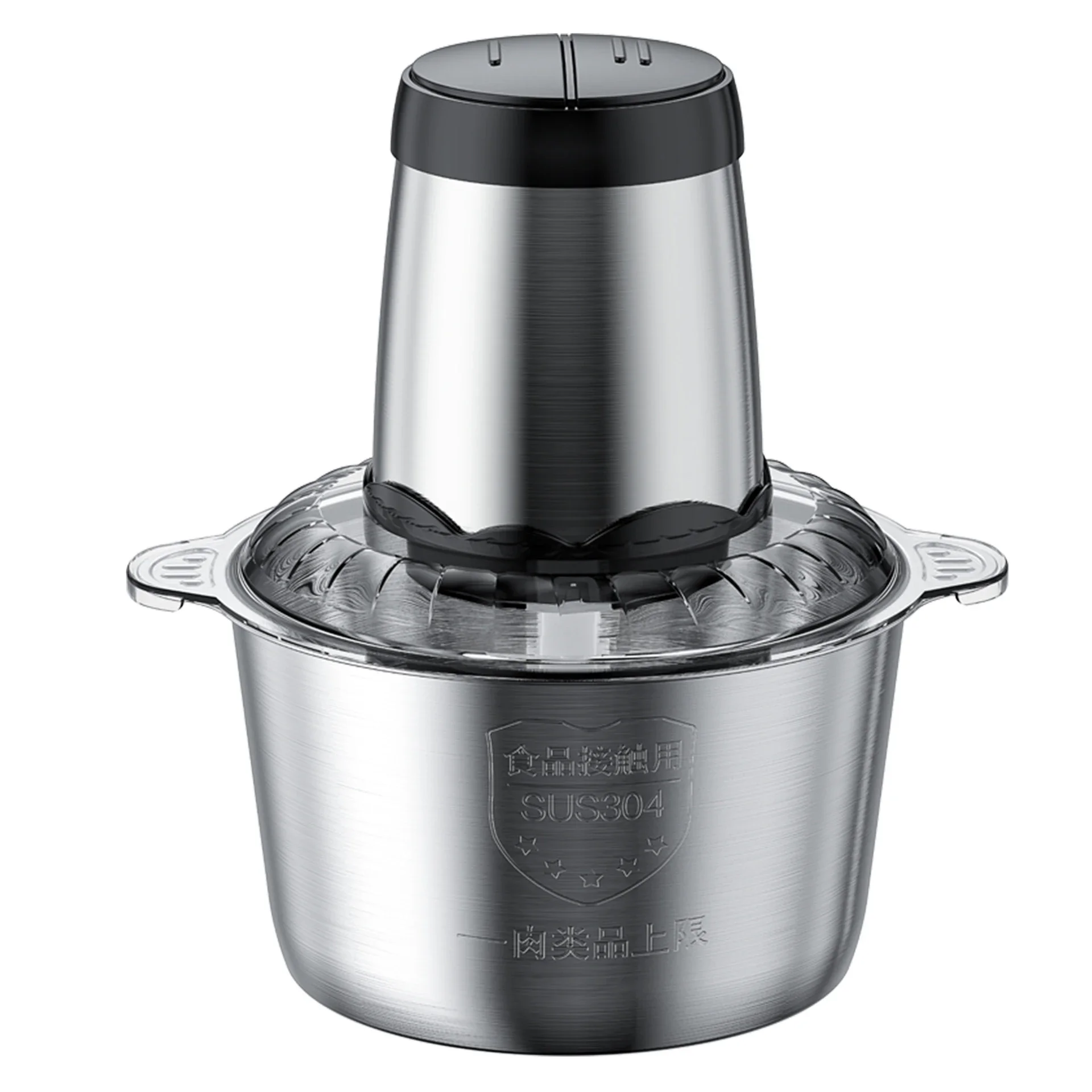 Understanding Food Processors: A Kitchen Essential
Understanding Food Processors: A Kitchen Essential